Notocactus roseoluteus Live cactus plant
₹199.00
Out of stock
Email when stock available
Notocactus roseoluteus is probably only a variant in flower colour of the very variable Parodia mammulosa. It has stems to 18 cm in diameter, usually solitary or slowly branching from the base with Yellow/brown spines, and pink/light salmon flowers with yellow throat up to 8 cm in diameter. This plant seems to incorporate some of the features of both Parodia mammulosa and Parodia herteri. Both flower colour and spination seem to be midway between the two species. The plant can ultimately reach the size of P. herteri but it flowers at a much smaller size and withstands some winter coldness.
Stem: Spherical-flattened that can became shortly cylindrical when old, with a shiny coppery-green epidermis with a depressed crown covered in white wool.
Spines: 8-11 thin, flexible and acicular, needlelike, usually less than 12 long. whitish with a brownish-red tip.
Central spines: Strong, up to 25 mm long, subulated, brown-reddish, grayish when old.
Flowers: Apical, particularly large, bell-shaped, glossy, pink in shades of salmon with yellow centres, up to 8 cm in diameter.
ultivation and Propagation: Suitable for the home or a greenhouse, During winter’s rest period they should be dry and cool, it is frost resistant to -4°C but thrives best with additional heat, they like only a short winter’s rest. If the soil is allowed to be dry for too long root loss could follow but equally the same result would occur if the plants are both wet and cold, rot easily if the substrate is wet and cold. Prefers filtered bright light with ample airflow. Will enjoy regular water in summer. Best if watered with rain water, an acid compost and iron feed help to delay the onset of basal corking. A well grown plant is a fresh glossy grass- green, contrasting with reddish spines.
Propagation: Usually by seeds as it seldom produces offsets.
Be the first to review “Notocactus roseoluteus Live cactus plant” Cancel reply
You must be logged in to post a review.



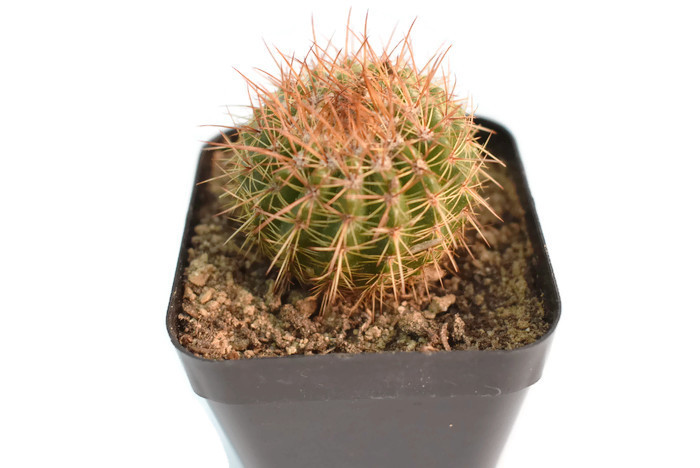
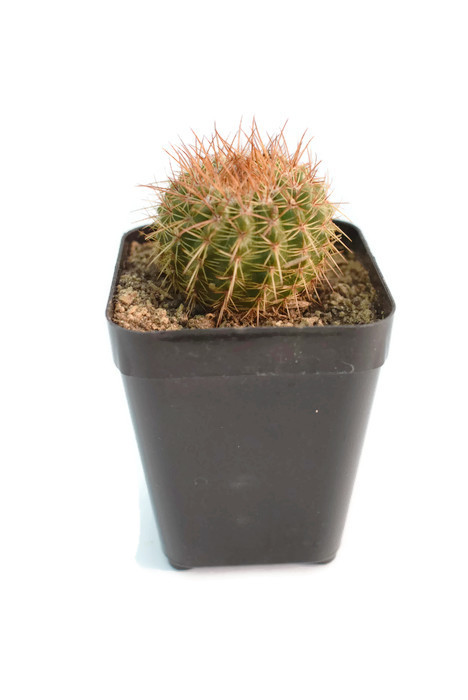
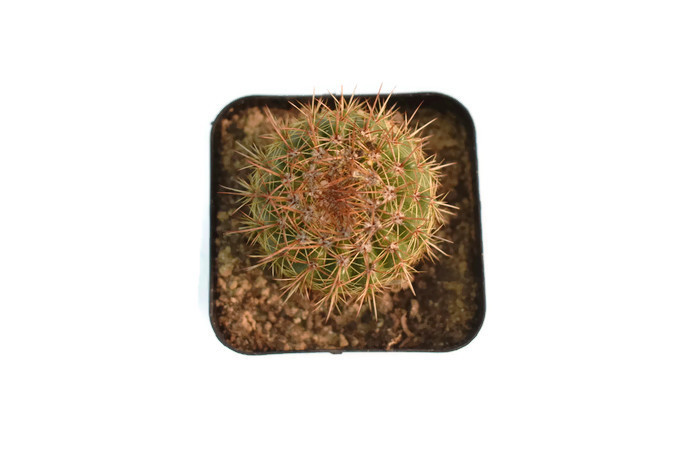



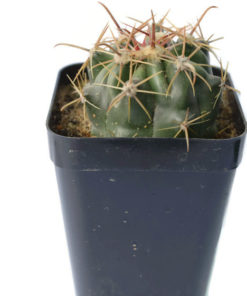






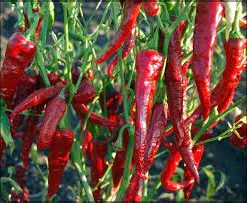


Reviews
There are no reviews yet.